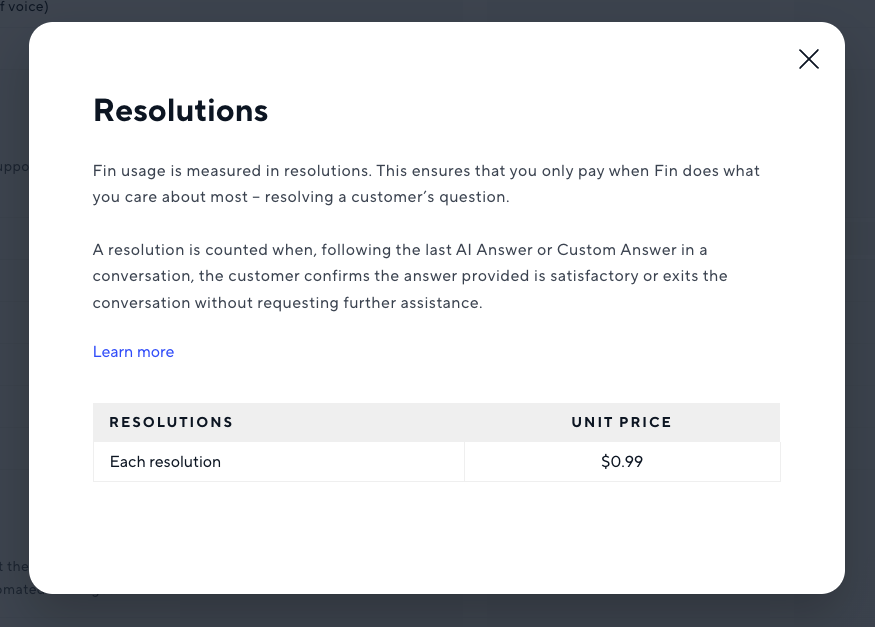The OKR Parallel Universe Syndrome
The OKR Parallel
|
Dear Reader,
Welcome back! I for sure started to miss writing these weekly essays about halfway through my summer break. Between speaking appearances and nudging my book closer to completion, I also enjoyed some time off. I hope you had (or still have) a fantastic summer full of nourishing experiences and some time to recharge. And now, onto this week's essay.
Here's an interesting cycle: Company Strategy is written (and maybe communicated). Company OKRs are written based on KPIs and some strategic topics. Teams model their OKRs after the company OKRs. The company insists that other things are "also important." So when teams share their roadmap items connected to the OKRs, but get pushback on where the work on these "other important things" is happening.
I call this the OKR Parallel Universe Syndrome. You may not have heard of it, but I'm sure you've experienced it.
When failing to address the hard questions that make OKRs effective, your Key Results may represent what the company wishes to work on. Still, they undermine making progress on those priorities by communicating an additional range of priorities that are deemed more important.
It's tempting to keep a backdoor of priorities open next to your OKRs, to have more wiggle room and be less committed to what you defined at the beginning of the quarter. But that's a lose-lose situation.
The company stays stuck with incremental KPI improvements instead of strategic progress.
Nobody works on these actual priorities because they're not measurable.
The value, and therefore the buy-in, for measuring progress through a method like OKRs gets undermined, further reducing the team's commitment.
To circumvent that, I recommend creating a shared understanding around these fundamental principles before writing your OKRs:
- OKRs don't have to cover everything.
- Use OKRs to measure what you want to do differently, not business as usual.
- OKRs are the primary way to communicate and measure priorities.
No facilitation technique can save your OKR drafting if there's no agreement on the aspects above. However, when these are in place, you can encourage people to move beyond vanity metrics, such as Key Results (KRs), and start using actionable metrics to communicate priorities.
There's always a good reason to adjust priorities. But to ensure teams act on them, use the possibility to change the OKRs, instead of adding another PowerPoint slide to the next all-hands.
Did you enjoy the newsletter? Please forward it. It only takes two clicks. Creating this one took two hours.
Thank you for Practicing Product,
Tim
PS.: Coffee Kintsugi spotted at elbgold Hamburg.
Join my In-Person Workshops in Berlin
I'm excited to bring my beloved in-person workshops back to Berlin in January 2026. You can choose between 1-day workshops on Product Strategy, Product OKRs, or Product Discovery, or opt for the full 3-day experience for you or your team.
| LEARN MORE |
(reach out for custom team quotes)
As a Product Management Coach, I guide Product Teams to measure the real progress of their evidence-informed decisions.
I focus on better practices to connect the dots of Product Strategy, Product OKRs, and Product Discovery.
Product Practice Newsletter
1 tip & 3 resources per week to improve your Strategy, OKRs, and Discovery practices in less than 5 minutes. Explore my new book on realprogressbook.com
Product Practice #389 My 2025 Annual Review READ ON HERBIG.CO PUBLISHED Dec 19, 2025 READING TIME 4 min & 24 sec Dear Reader, This is my last newsletter of 2025. I will return to my weekly writing cadence on January 8, 2026. What I focused on in the second half of 2025 After wrapping up the first half of 2025, the rest of the year continued to be a dense mix of experiences. Publishing my Book. It sometimes still feels surreal to see reviews and physical copies of my book. Real Progress: How...
Product Practice #388 Your Strategy Can't Help You If It Can't Help You Say No during Execution READ ON HERBIG.CO PUBLISHED Dec 12, 2025 READING TIME 3 min & 23 sec Dear Reader, Stephanie walked out of her strategy presentation feeling confident. The executives had nodded approvingly. Every field on her strategy canvas was filled in. Her product strategy for GearSwap, an outdoor gear marketplace, conveyed a clear message: “The GearSwap marketplace will proactively help weekend warriors and...
Product Practice #387 Can We Drive the Same Outcome for Different Customer Segments? READ ON HERBIG.CO PUBLISHED Dec 5, 2025 READING TIME 4 min & 40 sec Dear Reader, "An outcome is a measurable change in human behavior that creates business value." (via Josh Seiden). But what if different customer segments share the same problem? Should you repeat the outcome on your impact map? The answer: Yes—when it forces clarity. From the chapter "Targeted Discovery" in my Book Real Progress Let me give...

